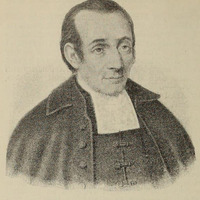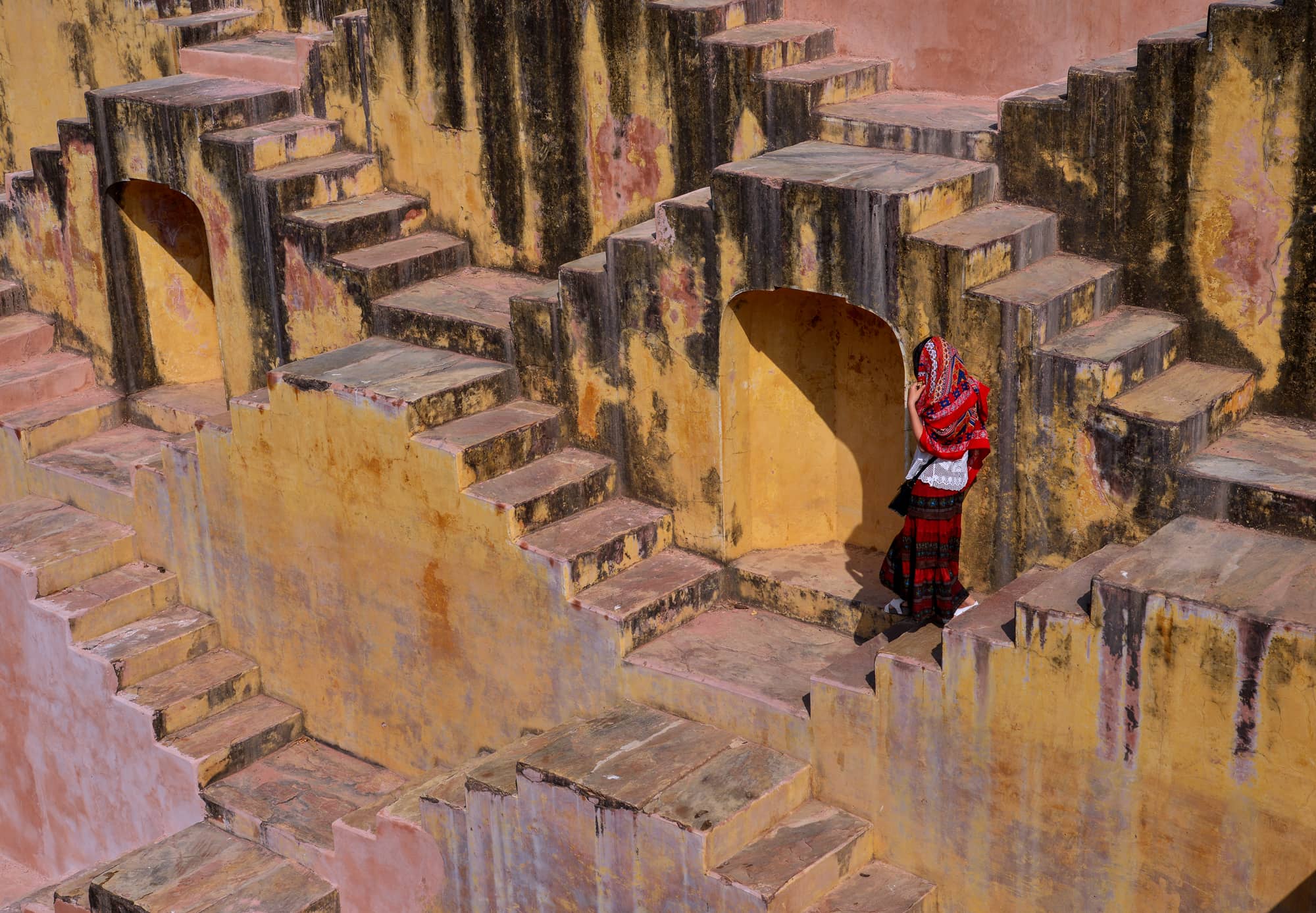“Indya wychodnj” (East India), in Geograffia aneb Wypsánj Okrsslku Zemského (Geography, or a Description of the Earth’s District)
Item
- Title
- “Indya wychodnj” (East India), in Geograffia aneb Wypsánj Okrsslku Zemského (Geography, or a Description of the Earth’s District)
- Author
- Ladislav Bartholomeides
- Date
- 1798
- Country / region
- Slovakia
- Source language
- Czech
- Time period
- 1780-1800
- Description
- The translation consists of the section on ‘East India’ from a work by the Slovak Protestant cleric, writer, and educator Ladislav Bartholomeides, who played a key role in spreading Enlightenment ideas in the Kingdom of Hungary. His account of India is the earliest known of its kind in Slovak culture.
- Translated text
-
East India, otherwise called Hindustan, is a region where Europeans have been going for gold and other goods for centuries. It lies between Persia, Bukhara, China on the one hand and the South Sea on the other. Its size is tremendous, as it comprises 70,000 square miles and has an uncountable number of people. The original inhabitants are Hindus, also called Gentiles, and these peoples were so accomplished four thousand years ago that other peoples came to them in search of wisdom. The summary of their religion is this: there is only one God, and he is the Lord; he takes greater delight in good deeds than in sacrifices. They are kind and gentle people and are big lovers of bodily and dress cleanliness. The riches of the country make their lives prosperous and comfortable, so much so that they can wear garments interlaced with gold and decorated with precious stones. This nation is divided into four estates, which they call castes. The first are the Brahmins, comprising of those who are engaged in religion and various arts. The second estate consists of soldiers and they are called Rajas and Kshatriyas. The third are traders and the forth are labourers, called Shudras. These again are divided into many subdivisions. All theses estates are led to the pursuit of arts and crafts. They have teachers who instruct under the open sky. Besides the native people there are also other inhabitants, among whom the Moghuls follow the Mohammedan religion.
India is a very fertile land, it is rich in everything and abounds in all kinds of animals. It comprises many large countries, each with its own ruler. In Hindustan itself, there is a Sikh republic with the capital city of Lahore. Behind this lie the lands of the Great Moghul, with the city of Delhi, then the kingdom and city of Agra; then the great Bengal kingdom, with which the Europeans trade, including the cities of Calcutta, Dakha, Maksudabad, and Benares.
In the Peninsula of Deccan, which is another part of Hindustan, lies the Malabar coast that is somewhat known. There is the region of the Marathas, whose prince resides in Pune; the Kingdom of Golconda, rich in diamonds; the city of Basnagar; the Kingdom of Mysore, at that time the most powerful, whose ruler resides in Srirangapattana; and Karnataka, with the city of Arcot. The European dominions include those of the English, whose capital is Madras; the French, with Pondicherry; the Dutch, with Pulicut; the Portuguese, whose seat is Goa; and the Danes, who have fortified cities at Dansborg and Tranquebar. On the other side of the River Ganges lie many kingdoms, especially Tonkin, Ava, Pegu, Siam, Laos, and Cochinchina.
Lastly, many islands in the Indian Ocean belong to East India, such as: 1) The Maldive Islands, numbering about 12,000, all under one ruler, who resides on the island of Maldive. 2) The island of Ceylon, the land of the cinnamon, which is collected here from many thousands of trees. The Dutch hold the coastal areas and several cities, such as Colombo and Trincomalee, which they have built. The interior lands are ruled by native peoples. 3) The Nicobar Islands, where Danes and Austrians, especially the Herrnhuter, have settled. 4) The Sunda Islands, among which Borneo, Java, and Sumatra are the largest. The Dutch and English have extended their power there. Batavia is a Dutch city and fortress on the island of Java. The largest part is inhabited by native peoples. 5) The island of Celebes, which contains two kingdoms, as well as Dutch possessions. 6) The Molucca Islands, also known as the Spice Islands, are also under Dutch control. 7) The Philippine Islands, both old and new, discovered by Magellan, are under Spanish dominion, including the Marianna Islands, also known as the Lazarus Islands. All of this is considered part of East India.
- Annotations
-
- Ladislav Bartholomeides was a Slovak Protestant priest, writer, and educator who played a key role in spreading Enlightenment ideas in the Kingdom of Hungary. He contributed to geography by writing popular scientific works that aimed to make geographical knowledge accessible to the general public. Bartholomeides’s depiction of India is the earliest known of its kind in Slovak culture. He drew on existing European accounts of India, which have not yet been identified. Geographical and other names are frequently misspelled in his text; they have been restored to their common English forms in this translation.
- Bartholomeides speaks of the existence of a “Republika Sayk”. This has been translated as “Sikh Republic.” “Sayk” can be a corrupt form of “Sikh”. In the late-18th century, Lahore was ruled by a system that came close to a republic—by the Sikh Misls.
- Bartholomeides refers to the Kingdom of Golconda; however, the Golconda Sultanate had already fallen well before he wrote his text. It was conquered in 1687 following a siege by the Mughal emperor Aurangzeb. He also mentions the city of Basnagar, which likely refers to Vijayanagara. The 16th-century Portuguese traveler Domingo Paes, who visited the city, referred to it as Bisnagar. While Besnagar (Vidisha) is phonetically closer, it is located in North India.
- Bartholomeides incorrectly states that the Maldives consists of 12,000 islands. In reality, the Maldives is an archipelago of 1,192 coral islands grouped into 26 atolls.
- The Moravian Brothers (Herrnhuter Brüdergemeine) were active missionaries in the Nicobar Islands during the 18th century. They were part of the Protestant missionary movement originating from Herrnhut in Saxony (Germany), under the leadership of Count Nikolaus Ludwig von Zinzendorf.
- “Celebes” was the name used by Europeans for Sulawesi, a large island in Indonesia.
- Complete title
- Geograffia aneb Wypsánj Okrsslku Zemského s ssesti Mappami wlasnj rukau geho wyrytými
- Author details
- Ladislaw Bartolomeides (1754–1825)
- Date of publication
- 1798
- Dates of travelling
- n. a.
- Publisher
- Jan Sstefáni (Ján Štefáni)
- Place of publication
- Banská Bystrica
- Archival source or library
- n. a.
- Locations in India
- Agra, Arcot, Benares, Calcutta, Dansborg, Deccan, Delhi, Dakha, Goa, Golconda, Lahore, Madras, Maksudabad, Malabar, Mysore, Pondicherry, Pulicut, Pune, Tranquebar, Srirangapattana
- Keywords
- Hindustan, castes, Mughals, Europeans, trade, Deccan, kingdoms, colonial powers, islands, geograph
- Related literature
-
n. a.
- Translator and copyright
- Róbert Gáfrik, 2025
- Media
 3.png
3.png


